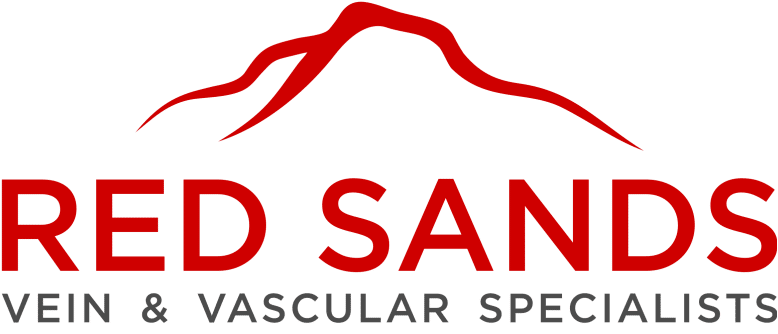About Varithena
Varithena is the first FDA approved injectable foam treatment for reflux of the saphenous veins. This treatment is also an alternative, injectable treatment of bulging varicose veins. It is a nonthermal or “chemical” ablation of the veins. It is a alcohol base foam that helps displace the blood in the vein while disrupting the cells that line the inside of the vein. This helps close down the vein and reroute blood into competent veins. This is great alternative to thermal (heat) ablation.
Procedure
The procedure takes between 15-30 minutes. It requires ultrasound guided access to the vein being treated by a small needle and catheter. The foam is then injected and visualized filling the vein and vein branches with ultrasound. Compression is administered after with stockings.
Success Rate
Clinic trials show a 70-94% success rate in treated patients with Varithena.
Risks/ Side Effects
- Allergic reaction
- Tissue ischemia
- Venous thrombosis
- Pregnancy is contraindicated
- Pain
- Contusion
Is it Painful?
Mild to no pain after the procedure.
Recovery Time
After this treatment there is only a small weight restriction after the procedures. Patients are encouraged to be very active after Varithena to reduce the chance for DVT.
Covered by Insurance?
Varithena is almost always covered by insurance.
About Sclerotherapy
Sclerotherapy treats veins not visible to the naked eye, veins that make too many twists and turns for standard endovenous ablation procedures. It also helps with spider vein removal.
Sclerotherapy is an office-based procedure that takes around 30 minutes to perform. You will be awake during the procedure. Problem veins are located using ultrasound. A tiny needle is inserted into the vein and sclerosing solution is injected.
Following the procedure you will wear a compression stocking for a short time. You can continue most normal activities immediately. We like you to keep active as part of the treatment.
Sclerotherapy can help:
- Spider Veins – Spider veins are those thin, red, blue or purple surface veins you see on the surface of your legs, thighs and ankles. Sometimes, they are even found on the face.
- Varicose Veins – Varicose veins are larger, bluish or purple veins that have a gnarled or knotted appearance on the skin surface. These enlarged veins can cause burning, aching or throbbing in the legs.
Procedure
What to expect/ how long will it take?
Prior to the procedure, the doctor will review your mapping ultrasound to identify veins that will be treated. The doctor will then use the ultrasound probe on your leg to find the veins. Under direct guidance and visualization with ultrasound, a tiny needle is advanced into the vein. A foam solution is then injected into the vein while the doctor watches with ultrasound. The solution displaces the blood in the veins and causes the veins to contract and collapse. These veins will close down and eventually will no longer be visible. The time for sclerotherapy will vary based on the number of veins that need to be treated. Sometimes treatment only takes a few minutes, and is usually less that 30 minutes. Sclerotherapy is often performed at the same time as phlebectomy.
Success Rate
Most varicose veins will be eliminated with one injection. If there are veins that do not close after the first injection, or veins that develop after other veins have been treated, these can usually be treated with another injection.
Risks/ Side Effects
Sclerotherapy is considered a very safe therapy for your veins. With a well trained and experienced physician, the patient is exposed to minimal risk. Women can develop varicose veins during pregnancy, but sclerotherapy is not recommended during pregnancy or while breastfeeding. There are a few risks associated with this procedure, including:
- Skin discoloration
- Itching, blistering, and pain may occur in the area
- Inflammation
- Blood clots or damage to the deep vein system
- Stroke
Is it Painful?
No pain to very minimal soreness.
Recovery Time
Anesthesia isn’t necessary for sclerotherapy. People who receive this medical procedure generally are all done in one-hour maximum. The entire process takes only 30 to 45 minutes. Once your procedure is done and you’re ready to leave, you will be able to drive and continue with typical, moderate day-to-day activities. You will be required to wear support hosiery after the procedure to compress the treated veins. Generally, patients can return to normal activities. Minor discomfort from the procedure can be relieved with acetaminophen.
Covered by Insurance?
Insurance almost always pays for sclerotherapy.
